Confession time: Did you stop in the middle of something to start reading this article? And will you then jump back to that other task before finishing the read? (We’ll pretend not to be offended; this is the modern world after all.) So you’re familiar with multitasking—most of us are. But spoiler, multitasking actually does more harm than good for our easily-distracted, wandering human brains. There’s a better way to find focus, ditch distractions, and get productive. It’s called single-tasking, and it’s about to change your world. …if you can stay with us long enough to find out how.
We’re breaking down the basics of single-tasking and productivity—what single-tasking is, why it’s worth making the switch, and how to single task like your performance depends on it. Because it does. Stick around for ways to work that your productivity has never seen before.
What is Single-Tasking?

Single-tasking, aka monotasking, is exactly what it sounds like. Instead of bouncing back and forth between different tasks and other distractions, you do one task at a time—until you’re finished or come to a stopping point. No emails, no texts, no social media. Just the task you need to get done. That’s it.
Not convinced yet? This should help—there’s lots of research suggesting monotasking helps you get more done, makes you more accurate, and is all-around better for you and your brain. But in today’s world, with all our electronic distractions, it can be tough. So most of us are multitaskers instead. That’s all about to change.
Single-Tasking vs. Multitasking
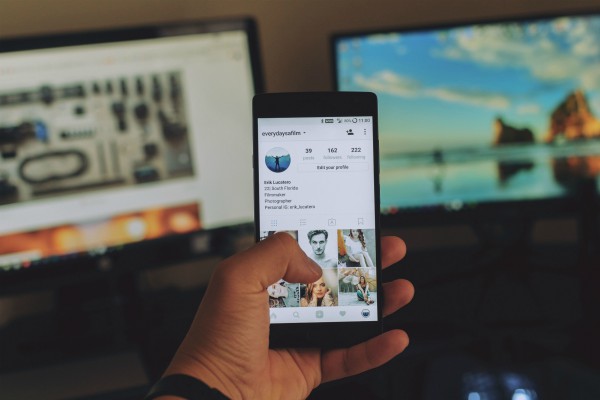
Despite the science that says the exact opposite, most of us are pretty sure we’re good at multitasking. Some of us even pride ourselves on answering email while dialing into a meeting while checking Facebook, texting a friend, and eating lunch. Sound familiar? In reality and according to research, we’re probably wrong.
Fun fact: Multitasking can even affect you when you’re not actively multitasking. Research has found that chronic multitaskers have more trouble filtering out distractions when trying to focus on one task. Multitasking also affects memory. According to the study, those juggling multiple tasks may misremember what they’ve already seen. This pulls their attention to it because it seems familiar to them, even if they never actually saw it in the first place. That can slow multitaskers down and add more distractions to an overly distraction-filled world.
Multitasking can also increase the number of mistakes you make on a task, as well as increase the time it takes you to finish tasks. According to JoAnn Deak, a prominent educator and psychologist:
When you try to multitask, in the short-term it doubles the amount of time it takes to do a task and it usually at least doubles the number of mistakes.”
Quoted in a Forbes article
This is because the human brain hasn’t quite adapted to multitasking and doesn’t have enough connections to concentrate fully on two tasks at a time. I.e., multitasking is a losing game.
All of these small effects can add up, especially if you’re multitasking with social media. A study of college students found that multitasking with Facebook had significant negative impacts on GPA. You may not care about your class rank anymore, but it’s clear that multitasking can hold us back from achieving our best.
How to Single-Task

Single-tasking is the solution, and it comes with some significant benefits. One study suggests that even when single-taskers are interrupted with a new task, they tend to stay focused on their previous task before shifting gears. Can single-tasking make you distraction-proof? Maybe not fully, but it gives you a better shot than juggling everything at once. There are also productivity benefits, which, essentially are the opposite of multitasking’s downfalls. In other words, fewer distractions = fewer mistakes, better focus, better work.
Even still, single-tasking is easier said than done, right? Not necessarily. Here are five easy ways to make monotasking your mode of choice.
1. Make a to-do list
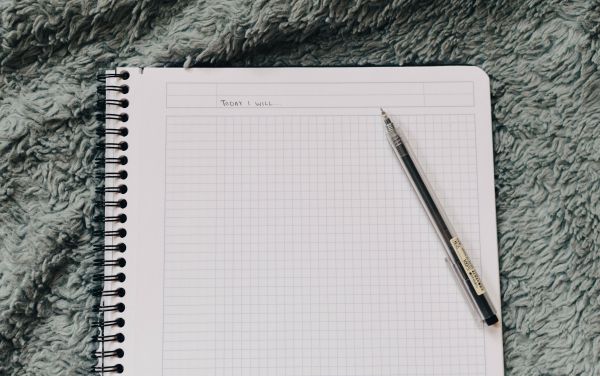
Yeah, we know you probably do this already. The key is what you do with the tasks on that list and how you get them done. Firstly, pick out the tasks that take top priority. Prioritizing your tasks will give you a clear roadmap of what needs to be single-tasked. All you have to do is act on it.
Okay, we’re using the term “all” kind of loosely there. But you know what needs to get done, so devote yourself to those tasks and only those tasks. One at a time. In order of importance. To get in the zone, shut down unnecessary tabs and programs, turn off notifications, and for the love of all things productive, put your phone away.
You might find that monotasking helps your pace, which means you’ll have even more time to work your way through the rest of the list.
2. Schedule your time
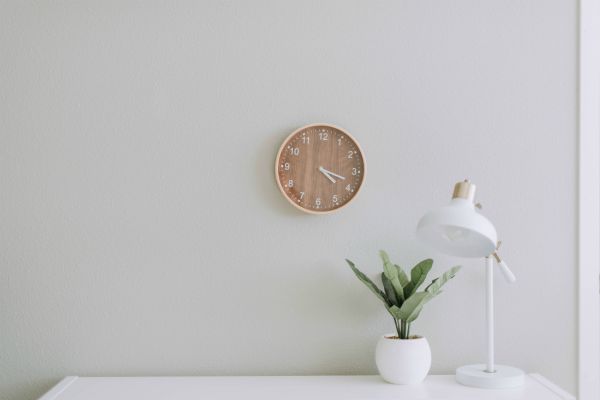
In full disclosure, those calendar notifications are the only reasons we make it to meetings. So use them to your advantage—set them up to help you focus on one task. By blocking out your time with single tasks, you’re training your brain to pay attention to one thing and one thing only. It will also help minimize interruptions, especially if your coworkers can see your calendar.
You can schedule your time for small tasks too. Think things like answering your emails or administrative work. This is called batching, and it’s another productivity strategy that works.
Another benefit of scheduling your time? You can take advantage of your peak productive hours i.e., the hours of the day during which you’re most alert and focused. Dan Ariely, a professor of psychology and behavioral economics at Duke University, found that the first two hours after you wake are generally your most productive. Rather than responding to emails, sitting in meetings, or checking social media, use those hours for your most important tasks. And schedule them to make sure they happen.
3. Take regular breaks
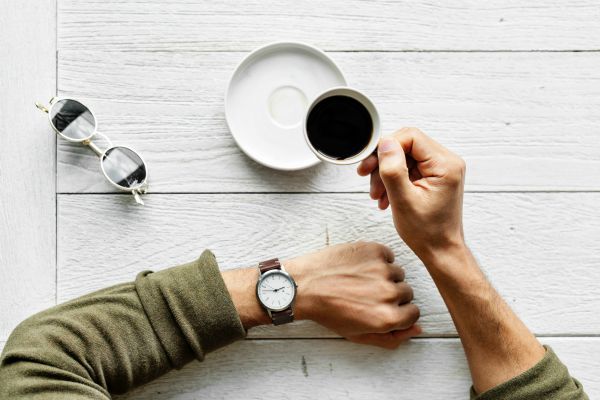
To keep your focus high all day long, you need to give your brain a break. Research shows that taking short breaks can actually help improve your concentration and focus. This is because your brain starts to get sensitized to whatever you’re working on.
Many of us find it hard to take breaks, so take the advice from the tip above and schedule them. When you schedule breaks the same way you schedule to-dos, you make sure that they’ll happen. And that means your productivity will stay at its peak all day long.
4. Use tech that blocks other tech
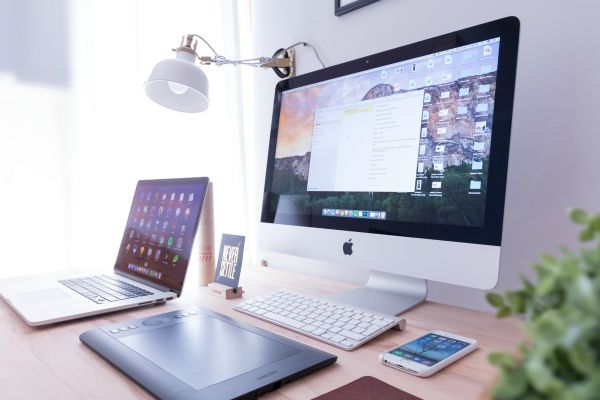
Ah yes, our silly world now includes technology that keeps us from using other technology. Despite the irony, some of these tools are hugely effective. Browser extensions like Cold Turkey or StayFocusd can block your typical distractions—news sites, incoming messages, and so on. So you have no choice but to get to work.
Struggle more with phone distractions? There are apps that can do the same thing. Use them. They’ll make single-tasking so much easier.
5. Work with the minimum amount you need
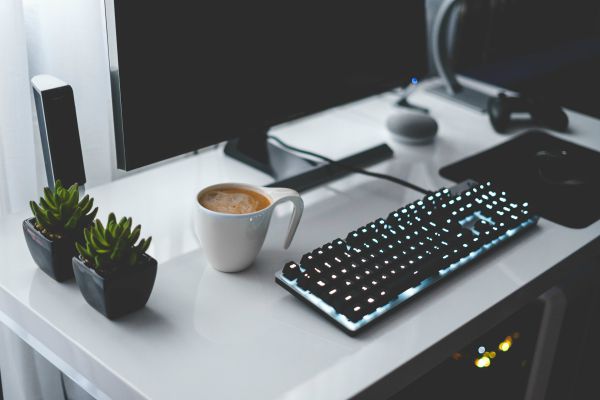
This is all about eliminating distractions before they distract you. Look at your computer right now. Do you have your email open? What about numerous browser tabs? Numerous browsers in general? Unanswered Slack chats? All of these extraneous tabs and programs can distract you from monotasking.
Only keep open the programs and sites you absolutely need to complete your task. (And no, that doesn’t include Buzzfeed.) That way, you won’t be tempted to answer non-urgent emails or check the news for the seven-hundredth time.
Single-tasking takes practice
Look, we know it might be a big shift from how you usually structure your work. But it’s so worth it. When you set up your time, tech, and schedule to focus on just one thing, you’ll find you can get a lot more done—and better at that.
Your turn: Single-tasking vs. multitasking: We know what the science says. What works better for you? Share your strategies and struggles in the comments.
For more ways to reduce distractions, check out our list of productivity tools.
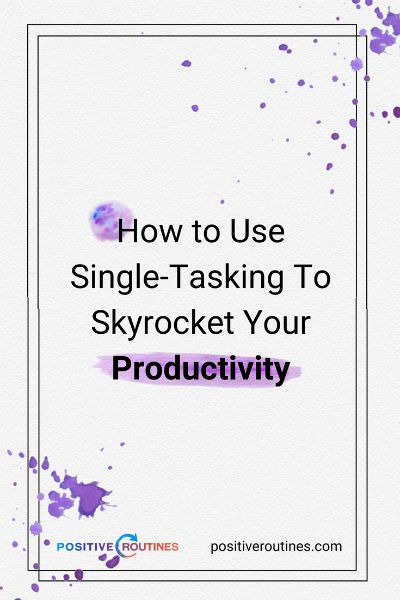
Author: Erica Hersh
Erica Hersh is a health writer, editor, and communications strategist based in Boston, MA. In 2014, she fulfilled her lifelong dream of being on Jeopardy. She did not, however, fulfill her dream of winning on Jeopardy.

 Paul Davis says
Paul Davis says
September 14, 2018 at 7:19 amI’ve recently become a “monotasker.” About a year ago I got into Simon Sinek who showed a lot of the same data, and it made sense. Then the book “Can I have Your Attention.” The productivity of monotasking is ridiculous. Issues which took me all day to complete now take 30 minutes. A project which would take all week takes about two hours. The two hours away from email and phone seems like a lot, but at the end of the day the world doesn’t end. Thanks for the article!
 Chelsey Taylor says
Chelsey Taylor says
September 14, 2018 at 2:20 pmThanks for the great and thoughtful comment, Paul! We’re glad you found it helpful and that you’ve found a way to make monotasking work for you. Your improvement in productivity should be all anyone needs to know to give it a shot. Hopefully, we’ll convert a few more. 🙂 Thanks again!